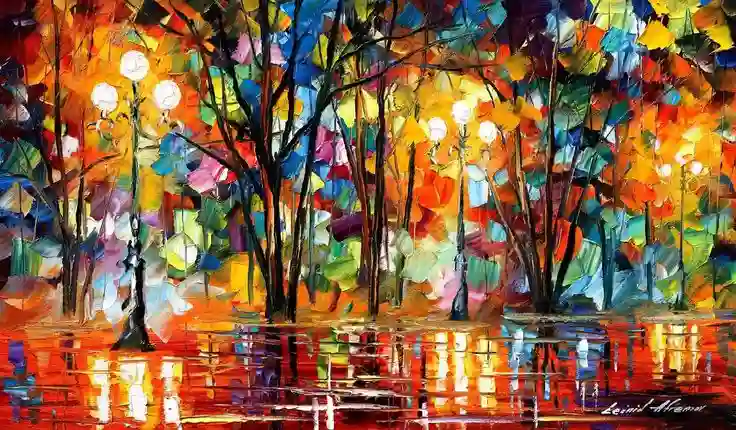Sketching is often the first step in the creative process for many artists. It allows you to explore ideas, compositions, and concepts with ease. However, once you have a well-crafted sketch, you might wonder how to take it to the next level and transform it into a vibrant oil painting. In this article, we’ll guide you through the process of transitioning from a sketch to a finished oil painting, unlocking the potential of your initial drawing.
1. Refining Your Sketch:
Before you start painting, take time to refine your sketch. Ensure that the proportions, composition, and details are precisely as you want them. Make any necessary adjustments or corrections during this stage, as it’s easier to modify a sketch than a painted canvas.
2. Gather Your Materials:
Prepare your oil painting materials, including brushes, paints, solvents, and a canvas or painting surface. It’s essential to have everything you need readily available to maintain your creative flow during the transition.
3. Choosing a Palette:
Decide on your color palette based on your sketch. Consider the mood, atmosphere, and subject matter of your drawing. Select oil paints that match the colors in your sketch or adjust your palette to achieve the desired effect.
4. Transferring Your Sketch:
There are several methods to transfer your sketch to the canvas:
- Grid Method: Divide both your sketch and canvas into a grid, and then transfer each section’s contents to the corresponding grid on the canvas.
- Projector Method: Use an art projector to project your sketch onto the canvas, allowing for precise tracing.
- Transfer Paper: Place transfer paper between your sketch and canvas, then trace over your sketch with a pencil or pen, transferring the drawing to the canvas.
Choose the method that best suits your style and preference.
5. Establishing the Underpainting:
Start by creating an underpainting. This can be a monochromatic or limited-color layer that serves as a foundation for your oil painting. It helps establish values, composition, and depth. You can use a thin layer of oil paint or diluted acrylics for this step.
6. Building Layers:
Oil painting often involves building layers of paint to achieve depth and luminosity. Begin with the background and gradually work your way forward, adding details and refining as you go. Pay attention to light and shadow to create volume and dimension.
7. Working with Values:
Values are crucial in oil painting. Pay attention to the contrast between light and dark areas to create a sense of three-dimensionality. Use glazing and scumbling techniques to adjust values and enhance the mood of your painting.
8. Texture and Brushwork:
Experiment with different brushwork techniques to create texture and visual interest in your painting. Use various brush sizes, strokes, and directions to convey details and surface qualities effectively.
9. Color Matching:
Refer to your original sketch for color references, but don’t be afraid to adjust and refine your color choices as you work. Oil paints offer the flexibility to modify hues and tones as needed.
10. Blending and Transition:
Blend colors and transitions between different elements in your painting. Smoothly merge areas where necessary to achieve a seamless transition between shapes and objects.
11. Adding Details:
Focus on adding finer details as you progress. Use smaller brushes and a steady hand to capture intricate elements in your sketch accurately.
12. Final Touches:
As you near completion, step back and evaluate your painting. Make any final adjustments, highlights, or accents that enhance the overall impact of your artwork.
13. Drying Time:
Allow your oil painting to dry thoroughly between layers. Oil paints can take several days to weeks to dry completely, depending on the thickness of the layers. Patience is key during this stage.
14. Varnishing:
Once your oil painting is fully dry, consider applying a protective varnish. Varnishing not only protects your artwork but also enhances the colors and provides a uniform finish.
15. Stepping Back:
After completing your oil painting, take a step back and reflect on the transformation from your original sketch. Appreciate the journey from a simple drawing to a rich and textured masterpiece.
Conclusion:
Transitioning from a sketch to an oil painting is a rewarding process that allows you to bring your initial ideas to life with depth, color, and texture. With careful planning, attention to detail, and patience, you can transform your sketches into vibrant and expressive oil paintings that capture the essence of your artistic vision.
Remember that each step of the process, from refining your sketch to applying the final touches, contributes to the overall success of your painting. Embrace the creative journey, experiment with techniques, and let your oil painting showcase the evolution of your artistry.
So, gather your materials, take your sketch to the canvas, and enjoy the transformative experience of turning your ideas into captivating oil paintings.










